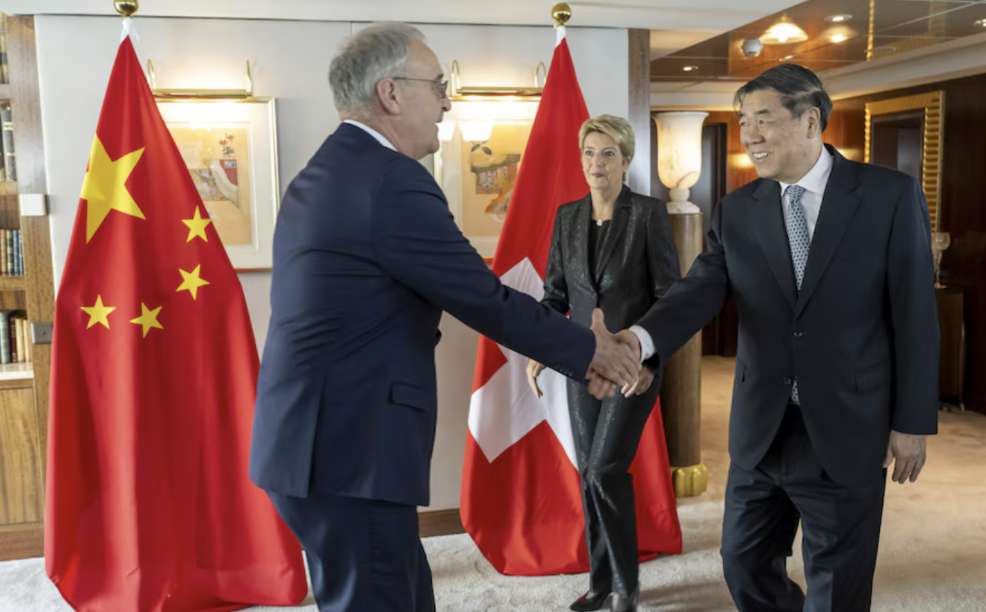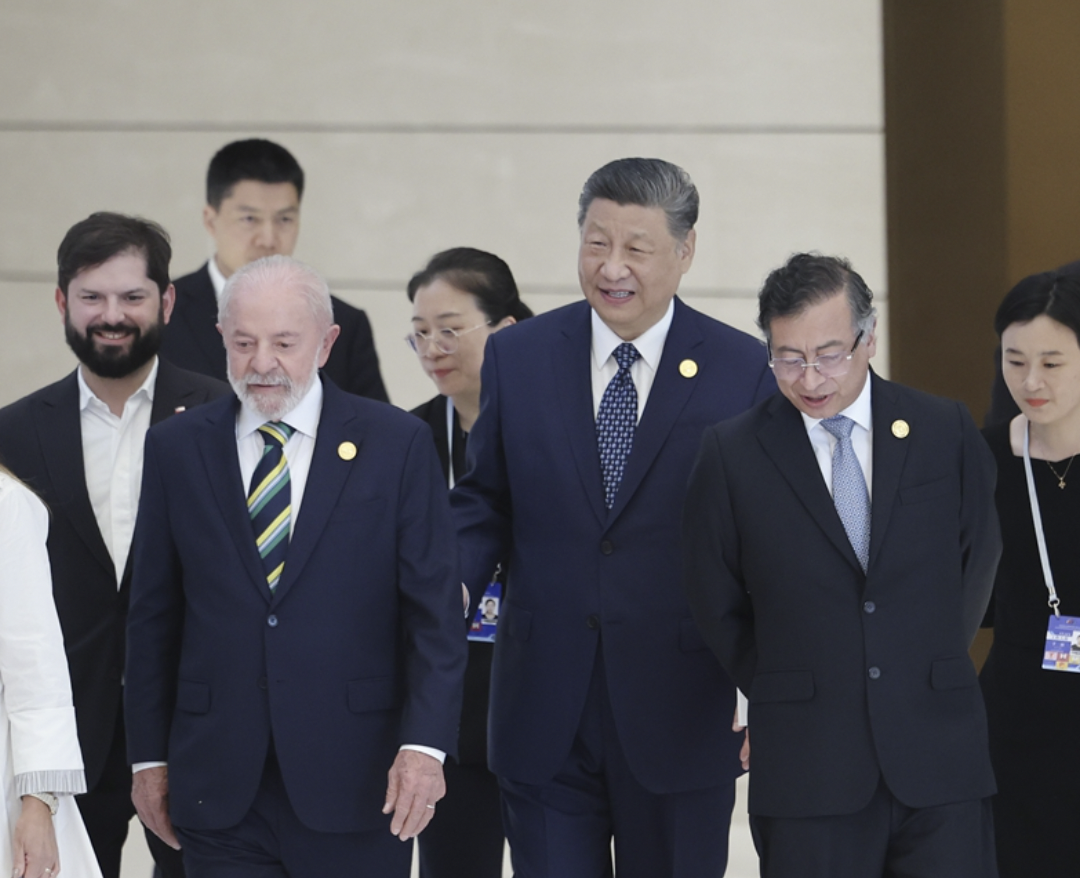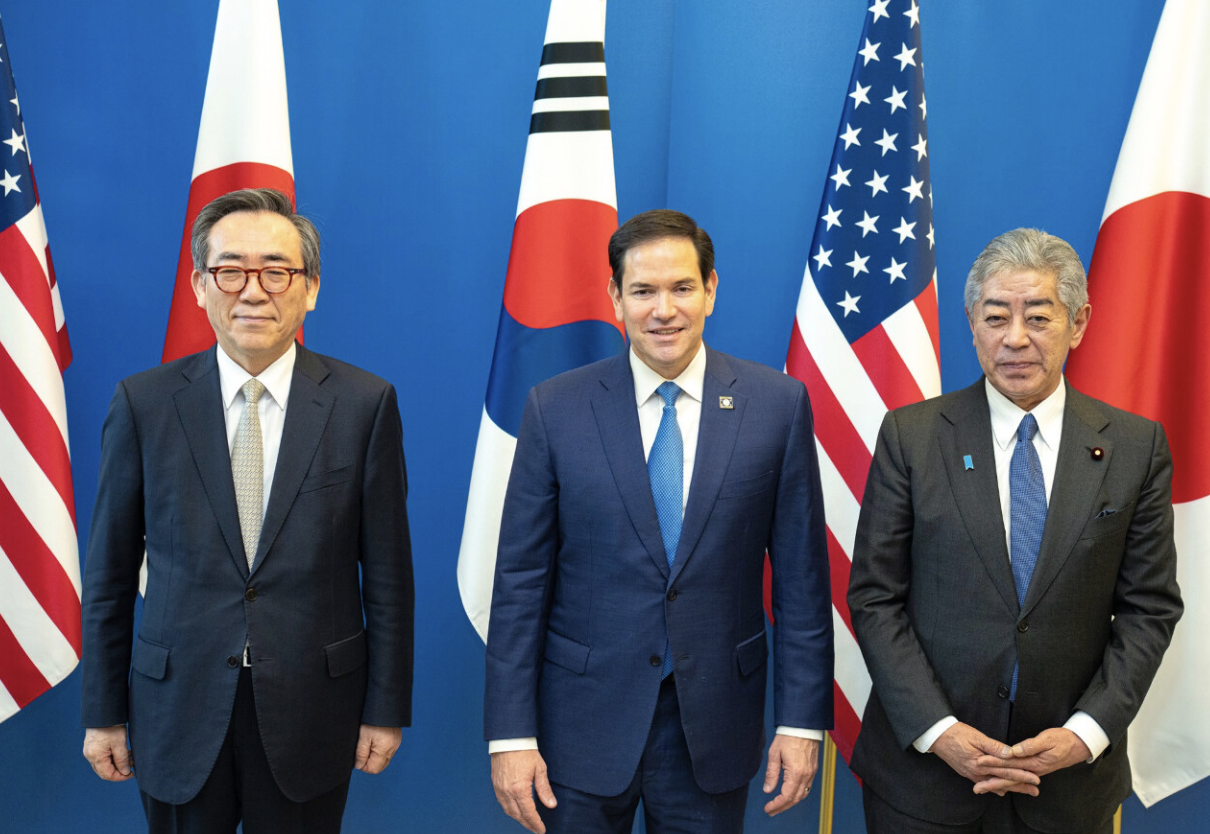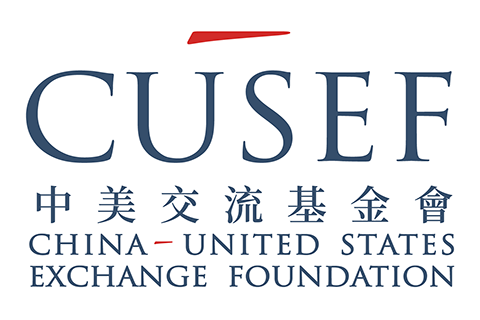
Dear Focus Reader,
Following two days of high-level negotiations in Geneva, the United States and China on Monday issued a joint statement announcing an agreement to ease trade tensions by significantly rolling back tariffs. Under the deal, the U.S. will reduce tariffs on Chinese imports from 145% to 30%, while China will cut its tariffs on American goods from 125% to 10%, both for an initial 90-day period.
The breakthrough marks the most substantial step toward de-escalation since the trade war began, signaling a renewed willingness on both sides to rebuild economic ties. U.S. stock markets surged on the news, with investors encouraged by the tariff reductions and China's commitment to easing non-tariff barriers such as regulatory hurdles and import restrictions. The two countries also agreed to establish and maintain a channel to discuss trade issues moving forward.
Both sides recognize "the importance of a sustainable, long-term, and mutually beneficial economic and trade relationship," they said in the statement.
China also unveiled its 2025 National Security White Paper this week, marking updates to its security strategy amid a turbulent global landscape. The document introduces a comprehensive "holistic security" approach, extending beyond traditional military concerns to include economic stability, technology, public health, and social governance. Emphasizing the close link between national security and economic development, the paper stresses political control and technological self-reliance as key priorities.
While it portrays China as a stabilizing force in the Asia-Pacific, the white paper also reinforces Beijing's firm stance on sovereignty issues and casts external pressures, particularly from the U.S., as threats to national interests. This framework highlights China's ambition to assert itself as a responsible global actor while navigating rising regional tensions and global uncertainties.
Learn more about international relations by catching up on our latest Focus content, including topics on the Geneva trade talks, the China-CELAC forum, and more.
"As we reflect on his life, Joseph Nye's legacy is not only found in the ideas he championed, but in the rooms he helped convene and the exchanges he made possible. He never stopped believing in the power of engagement."
The percentage of Japanese-manufactured cars sold, and often made, in the U.S. Once dismissed by American consumers and policymakers, they earned dominance through quality and strategy, offering a valuable lens for understanding today's EV race with China and what may come next.
Read more in "Canary in a Cobalt Mine" by John Darwin Van Fleet, Director of Corporate Globalization at Antai College of Economic and Management, Shanghai Jiao Tong University.
Jesse's Teahouse: Sharing Chinese Tea Culture | Part 2
Watch VideoIn our Focus Insights section, we featured an article by Dan Steinbock, Founder of Difference Group, where he examines the China-U.S. trade talks in Geneva. We want to hear from you!
Do the recent tariff reductions signal a meaningful step toward resolving trade tensions?
Submit your thoughts to USeditor@chinausfocus.com for a chance to be featured in next week's Focus This Week.
useditor@chinausfocus.com for more info.
Prepared by China-US Focus editorial teams in Hong Kong and New York, this weekly newsletter offers you snap shots of latest trends and developments emerging from China and the U.S. every week. It is a community space to exchange thoughts and ideas about the China-U.S. relationship and beyond.
- 2025-05-09 Focus This Week: "Friends of Steel"
- 2025-05-02 Focus This Week: An Open Door?
- 2025-04-25 Focus This Week: Open for Business
- 2025-04-18 A "Numbers Game"
- 2025-04-11 Focus This Week: Beijing Strikes Back
- 2025-04-04 Focus This Week: Tariff Turmoil
- 2025-03-28 Focus This Week: Navigating Uncertainty
- 2025-03-21 Focus This Week: Driving Diplomacy
- 2025-03-14 Focus This Week: Two Sessions Wrapped
- 2025-03-07 Focus this Week: Setting the Agenda
- 2025-02-28 Focus This Week: A Dramatic Shift
- 2025-02-21 Focus This Week: Straining Ties
- 2025-02-14 Focus This Week: Deals and Defense
- 2025-02-07 Focus This Week: The Saga Continues
- 2025-01-31 Focus This Week: Tariffs and Tech
- 2025-01-24 Focus This Week: A New Era
- 2025-01-17 Focus This Week: Refuge on RedNote
- 2025-01-10 Focus This Week: Learning From Legacy
- 2024-12-20 Focus this Week: New Hope for TikTok




